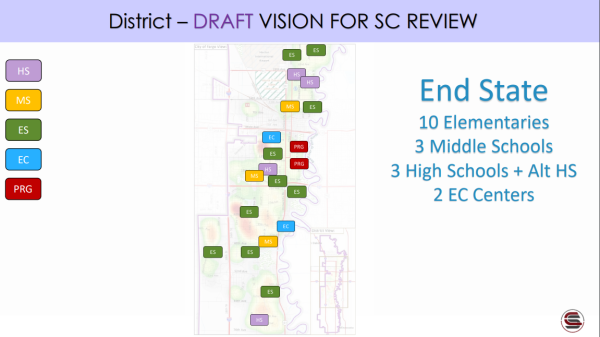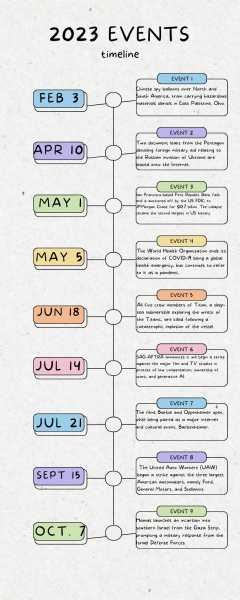Permanent Daylight Savings a possibility in 2023
The U.S. may be making daylight saving time permanent. The bill to stop the changing of the clock recently passed unanimously in the Senate, but is currently held up by the House. Many people in the House have spoken out and said they support the permanence, but have arguments as to which time is to be permanent. As of now, the House says a vote on this isn’t a priority.
Daylight Saving Time, though it has been a constant fixture in the lives of most Americans, is often argued against both by doctors who say it would harm sleep and by parents who are concerned about kids walking to school in the dark. Some states have already stopped changing their clocks. Hawaii remains permanently in Pacific Time, as their daylight hours don’t vary much due to their distance to the equator. Arizona is permanent in Mountain time; the extended daylight in the heat of spring and summer is not desired for bedtimes and evening activities. Many states have passed laws that will keep them in DST if their neighboring states do, including North Dakota. If DST were permanent, the sun would not rise until after 9 am for all of December and January.
With the federal government considering the change, it may soon be that no state will change their clocks at any point in the year.
A tally vote was taken among sophomores and journalism staff in Mrs. Livingston’s room about daylight saving time. A total of 29 votes were made, with the majority voting that they simply hate changing times. The options were yes: changing in spring and fall (18 votes), no: stay in daylight savings time year round (4 votes), no: stay in standard time year round (15 votes), and no: don’t care, just hate changing (17 votes).
Your donation will support the student journalists of Fargo North High School. Your contribution will allow us to resume physical printing of our newspaper for students at Fargo North!

I am an avid reader and writer, and love learning about what's going on in the world. I love experiencing the community in Fargo, and talking...











